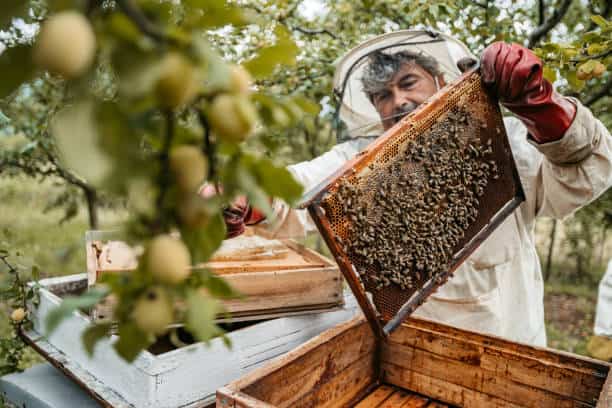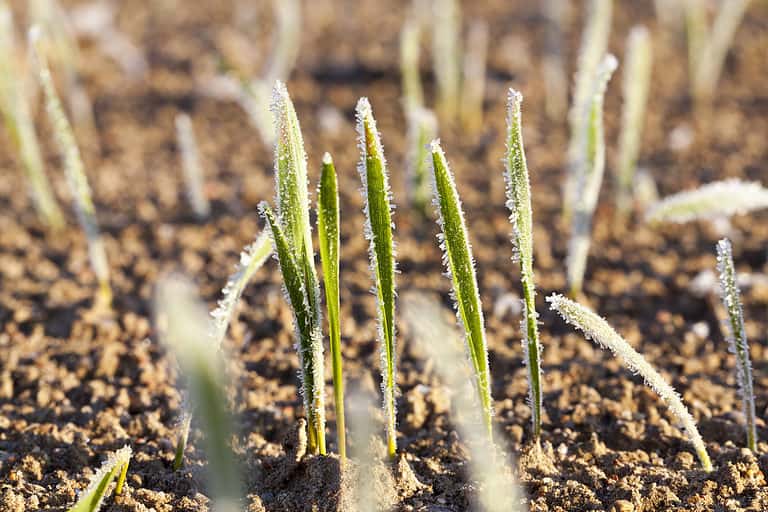Banish Buzzing Pests: Your Essential Guide on How to Get Rid of Gnats
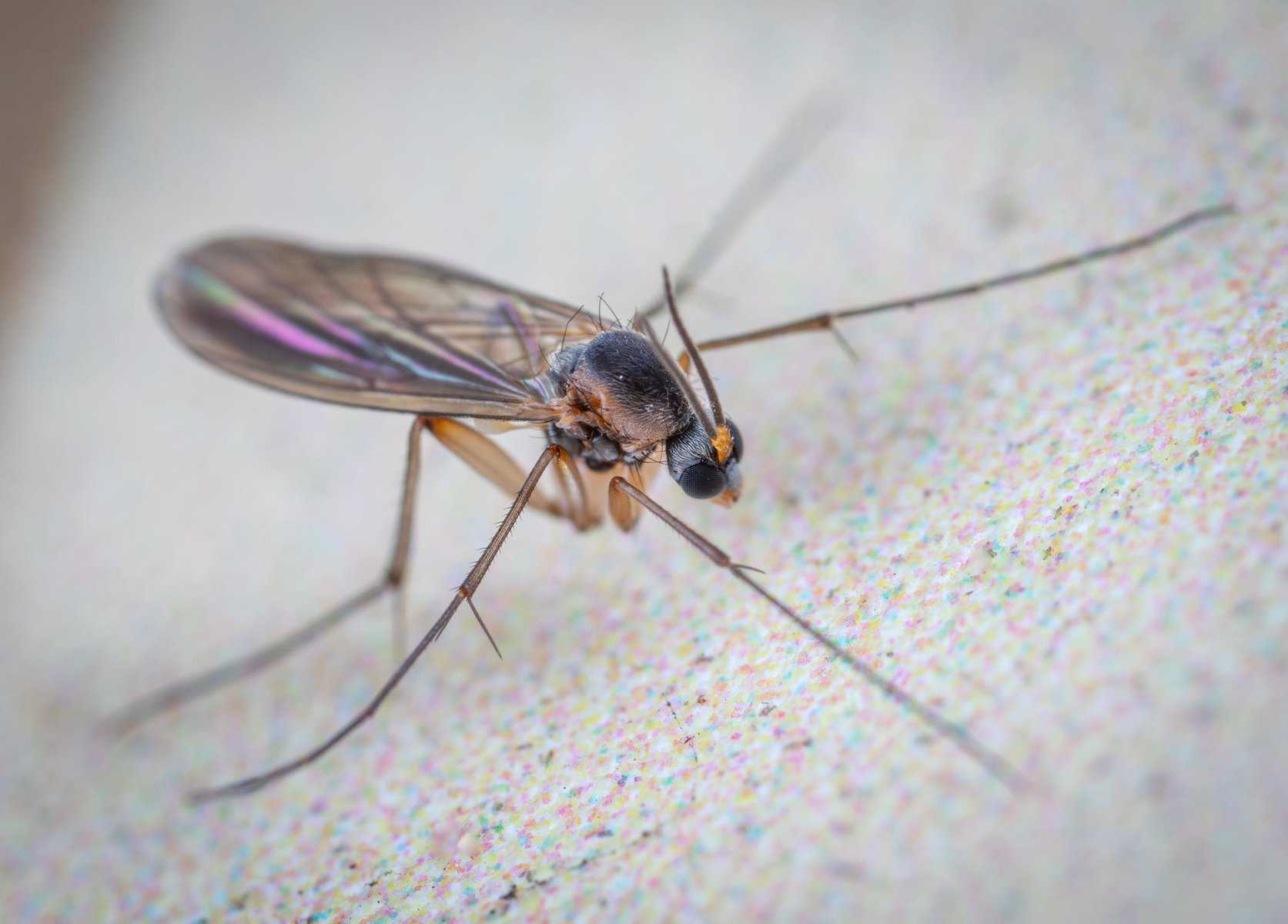
Picture this: You’re enjoying a peaceful evening at home, only to spot tiny flying insects buzzing around, disrupting your tranquillity. If this scenario sounds familiar, you’re likely dealing with an unwelcome gnat infestation. Don’t worry, we’ve got you covered. This blog post will serve as your essential guide on how to get rid of gnats, offering insights into their types, habitats, proven DIY removal methods, and preventive measures to keep them from returning. Let’s dive in!
Key Takeaways
Comprehending gnats requires knowledge of their different types, habits and habitats.
DIY methods for removal include vinegar & sugar traps, candlelight attraction and bug zappers.
Professional extermination services are an effective way to get rid of gnats at a cost between $100-$450.
Understanding Gnats: Types and Habitats
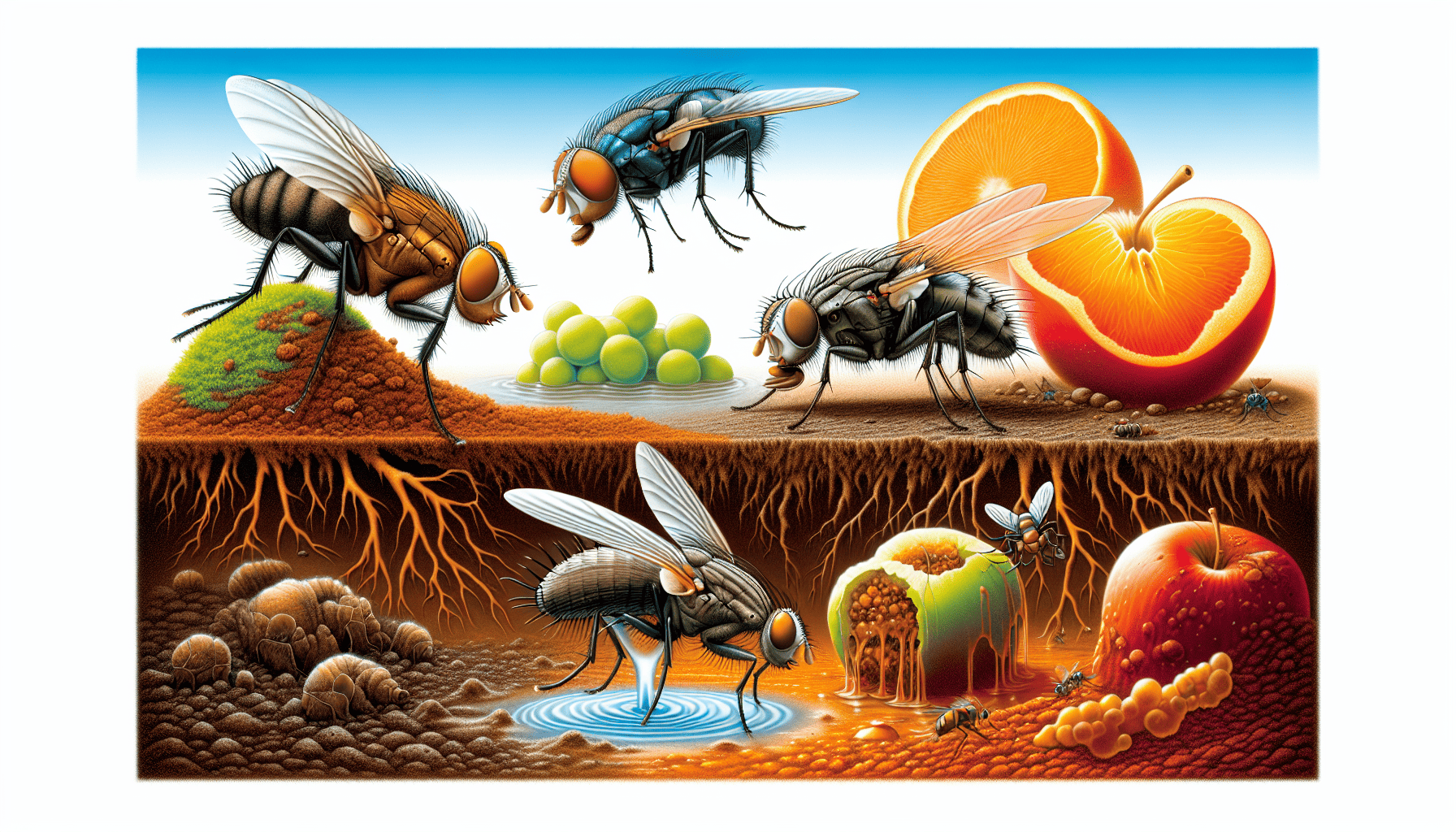
Small flying insects, also known as gnats or small flies, are a variety of winged insects classified within the fly category. These tiny creatures measure no more than 33mm in length when adults and can be found both indoors and outdoors in places like ponds, pools, wet soil, etc. Knowing their life cycle is essential to effectively remove them from your home – this process usually takes 18-30 days from egg to adult form. There are many species including fungus gnats, fruit flies drain flies that have unique behaviors and habitats with some even forming mating swarms referred too as ghosts such as crane files sandflies along with other types of bugs.
Efficient DIY Gnat Removal Methods
Dealing with an unwelcome gnat infestation can be a challenge, but you don’t have to do it alone. There are several DIY solutions available for ridding your home of these pests. In this article we will explain some of the methods that may help keep them away: traps baited by vinegar and sugar, bleach solution treatments for drains, and attracting swarms through candlelight. Insect-catching sticky traps and bug zappers. Let’s look at each approach in more detail!
Vinegar and Sugar Trap
To attract and trap the gnats, a bowl of vinegar with one teaspoon of plain sugar should be placed in the areas they are gathering. To guarantee that these pesky creatures stay trapped long enough to eliminate them, consider covering up the bowl with plastic wrap (punctured by small holes) and adding some dish soap into it. As an alternative to regular vinegar for extra potency against this insect problem you can use apple cider vinegar.
Rotten Produce Lure
Organic matter like bananas, melons, tomatoes and squash which have started to decay can be used to create a highly effective gnat trap. All that needs doing is placing the fruit pieces into a jar with plastic wrap covering it tightly while making some small holes in said wrapping for the pests’ entry but none of their escape. The scent produced by fermenting alcohol from decaying organic material makes this bait irresistible as well as signalling an ideal food source within 3 days of setup! Rotten fruit has proven itself time after time – an Achilles’ heel these pesky critters cannot seem to stay away from!
Bleach Solution for Drains
Gnats and their larvae can infest drains, but a simple bleach solution is an effective way to eliminate them. To use this technique, one should simply pour the bleach down into the drain itself in order to destroy any existing gnat presence there.
But that alone isn’t enough – to keep these pests away for good it’s important to also clean and dry out your drains on a regular basis as well as using plugging stoppers overnight when not being used.
Candlelight Attraction
Getting rid of gnats can be accomplished with the help of a tall candle and some dish soap. To use this method, fill a pan with water mixed in with the detergent then light up the candle, ideally citronella candles which work best at repelling flying insects like these pests. Once it’s dark, you will notice that as soon as any insect comes close to flame its attempts are thwarted by running into soapy liquid causing them their demise!
Sticky Traps and Bug Zappers

One powerful weapon against gnats is the use of sticky traps and bug zappers. Products such as Aunt Fannie’s FlyPunch employ a very effective adhesive surface to trap them, leading to their dehydration and demise. Alternatively, Zevo Flying Insect Traps take advantage of UV light for luring in and then electrocuting any unfortunate insects that come near it.
Bug zappers are an exceptional means for decreasing populations quickly. People must read all instructions carefully since these devices can unintentionally attract beneficial bugs like honeybees or harm domestic animals if not used properly due to close proximity.
Preventing Future Gnat Infestations
Nat prevention is essential in keeping your home free of infestations. Let us take a look at the steps you can take to prevent their presence: controlling moisture, appropriate waste disposal, proper care for houseplants and clean drainage. These methods are helpful in safeguarding against these small insects from colonizing your residence.
To eliminate gnats, preventing them should be a top priority, this requires taking necessary measures such as monitoring humidity levels inside the house, and disposing garbage correctly. Caring for any plants responsibly by tending to their soil & water needs ; plus maintaining spotless drains at all times – just some of what it takes if one wishes an environment that’s devoid of pesky gnats!
Humidity Control
To avert gnat problems, it is best to maintain reduced humidity. Dehumidifiers and desiccants such as silica gel, charcoal or rock salt should be implemented for this purpose in order to make places less appealing for the insects. One must also ensure that their air conditioning system functions correctly and inspect potential leaks throughout the household. Thus, allocating dehumidifiers strategically within areas liable to become damp may work too.
Proper Trash Management
Gnats, especially biting gnats and those that lay eggs on organic matter with a lot of moisture, can be incredibly annoying. To keep these infestations at bay it is best to use trash receptacles with firmly sealed lids (such as the Simplehuman Rectangular Step Can) line them with bags and clean them regularly using vinegar water mix. Doing this keeps access away from the pests so they have no opportunity for breeding in your bins. Consequently, avoiding any painful bites or larva hatching!
Houseplant Care
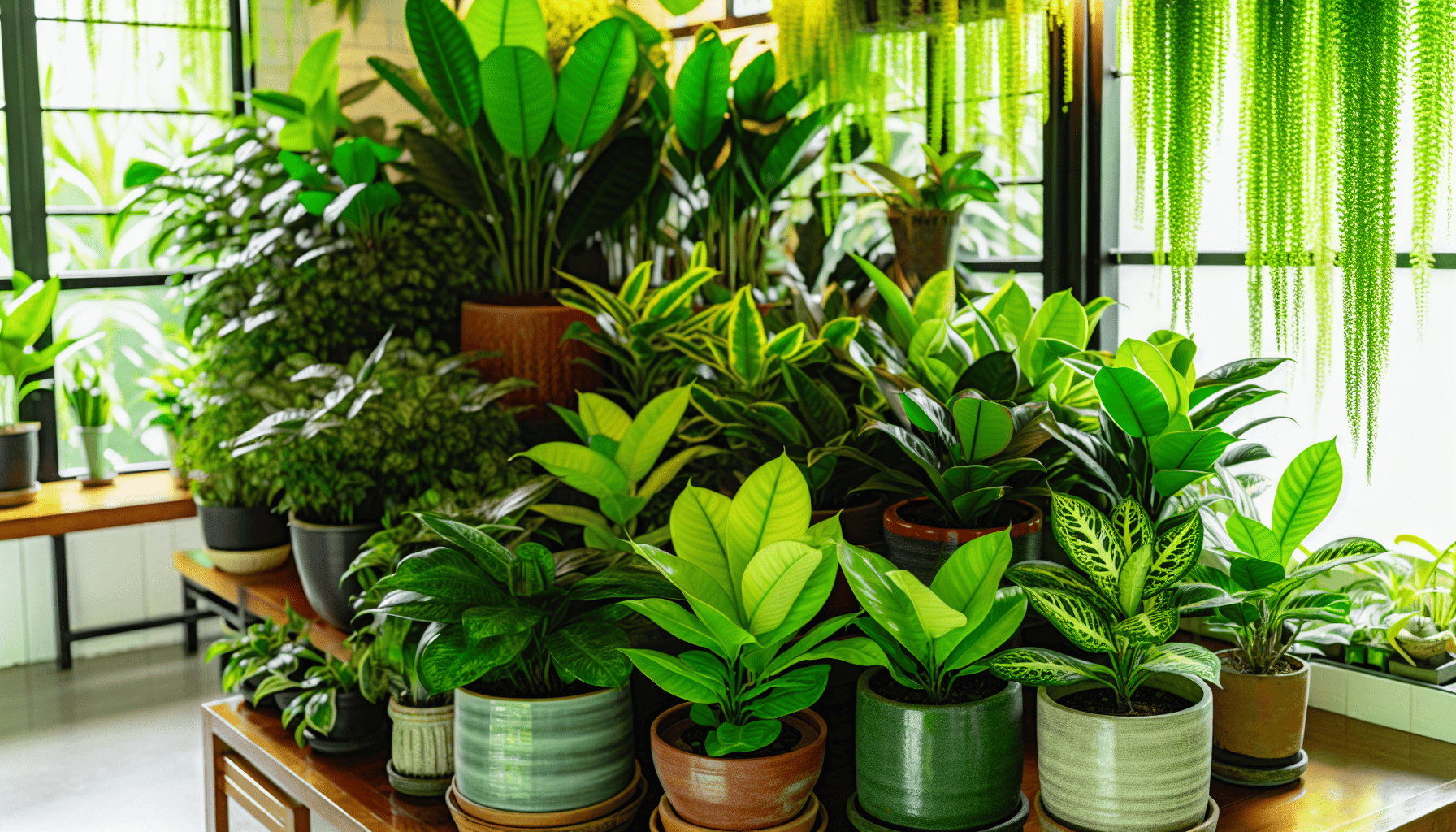
Houseplants are often a nurturing home for fungus gnats. To keep them away, it is suggested to allow plants the time to dry out between waterings and use an indoor-friendly pesticide on the soil as well. If possible, selecting low maintenance houseplants that require less frequent watering could be beneficial in stopping the presence of gnats too. Regular repotting into new soil may also prevent any future issues with this creature when paired with reducing overwatering habits.
Drain Maintenance
It is essential to keep drains free of gnats, and regular cleaning can help with this. There are several effective techniques you should use in order to maintain your drain’s cleanliness: utilizing a natural cleaner, pouring boiling water into the drain, and making a mix of vinegar and baking soda that gets poured down there too. Trapping them using dish soap mixed with vinegar. By following these methods, it will ensure an environment without pesky little gnats around your home’s drains.
Apart from cleaning regularly, using bleach on occasion also stops infestations from forming or spreading existing ones by taking some bleach – just one cup-into the sink every once in a while. Doing so leads us closer to having no presence whatsoever of those bothersome creatures near our plumbing system.
Professional Extermination Services
When DIY strategies fail to get rid of gnats, people should think about hiring pest control experts. Orkin or Western Exterminator could create an individual plan for extermination that may involve chemical sprays, traps and other treatments.
The usual cost range for exterminating a gnat infestation is between $100 and $450 – although this option might seem costly, it could be the best way to finally clear out these unwanted pests permanently.
Summary
From understanding the types and habitats of gnats, to exploring various DIY methods to get rid of them, and implementing preventive measures for future infestations, we’ve covered it all. A gnat-free home is not a far-fetched dream, but quite achievable with the right knowledge and tools. Remember, if DIY methods don’t work, professional extermination services are always an option. Here’s to a peaceful, gnat-free living space!
Frequently Asked Questions
Why am I getting so many gnats in my house?
Gnats could be entering your house via open windows and doors, seeking out moisture or sources of food such as fresh flowers, unsealed fruits/vegetables in the kitchen, crumbs left on surfaces, overflowing garbage bins or dirty sink drains.
What triggers gnats?
Gnats may be attracted to dampness, fragrances and rubbish. If the soil of your houseplants is overly moist or there is decaying vegetation present in it, then they might become a source for fungus gnats. Similarly, standing water outside can act as an invitation for these pests too. Consequently, due to the presence of moisture along with other factors that are listed above – such as garbage and sweet smells – could potentially draw out gnat infestations into our environment both indoors and outdoors.
What repels gnats off of you?
One way to deter gnats is by using DEET, picaridin, or oil of lemon eucalyptus products and wearing appropriate clothing. Alternatively, natural methods such as vinegar, vanilla extract, pine oil essence, peppermint essential oils blended with dish soap and water may be effective in repelling them. Other ways include applying lemon juice, fragrances from lavender or eucalyptus plants, or dryer sheets for scent deterrents.
How can I prevent gnats from infesting my houseplants?
Gnat infestation can be avoided by not giving your houseplants too much water. Instead, let the soil dry out between each watering. A pesticide meant for indoor use is also useful to drench into the soil and provide protection from gnats.
What is the typical cost range for professional extermination services to address a gnat infestation?
The price of professional extermination to deal with a gnat infestation falls within the range of $100 – $450.



